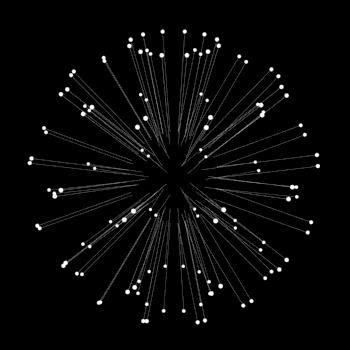Please help me?
 d c pandey objective physics...
d c pandey objective physics...
d c pandey objective physics...
2 Answers
Velocity
Explanation:
Calculating the upper and lower bound helps you in this type of problem.
If the body travels the longest distance (
time (
of the velocity
Simirally, the lower bound of the velocity
Therefore, the velocity
Option (b)
Explanation:
if the Quantity is defined as
let
then The Maximum Possible Relative Error in x is
Now
Distance
Time
Velocity of Body Within error Limit is
Now
and Relative error in Velocity
Absolute Error in Velocity
Hence
Velocity of Body Within error Limit is
Option (b)
Hope You gets your answer.


